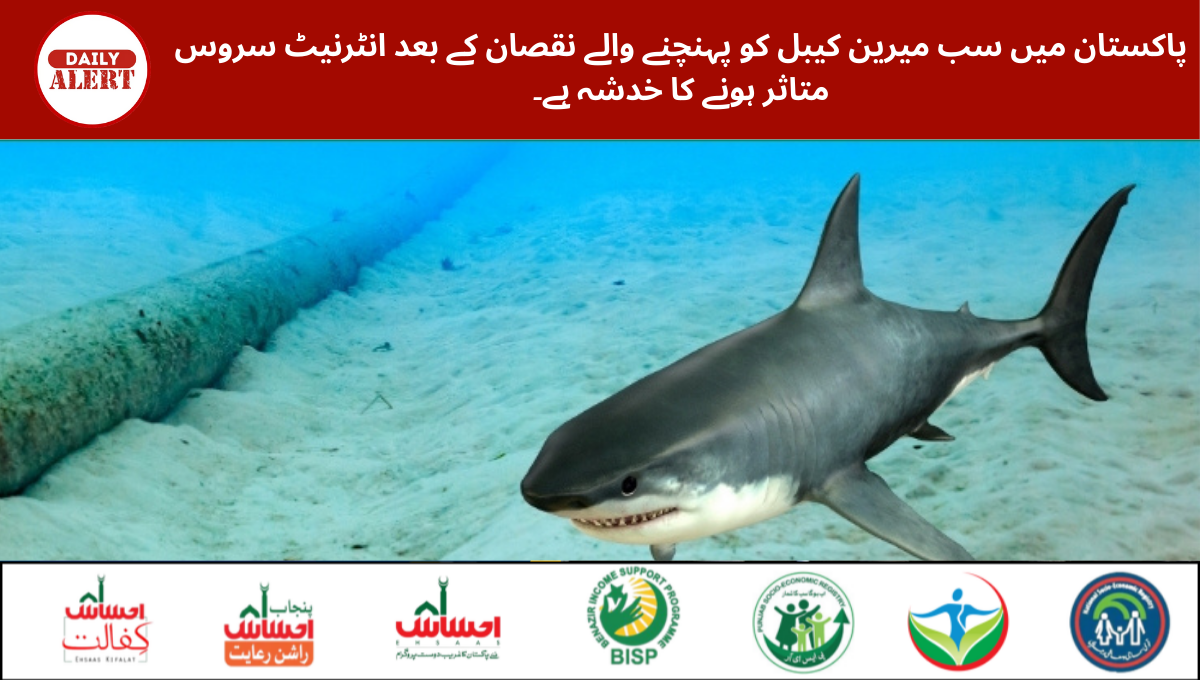Internet users across Pakistan are bracing for potential slowdowns in connectivity following damage to critical undersea cables in Saudi Arabian waters near Jeddah. On September 6, 2025, Pakistan Telecommunication Company Limited (PTCL) issued a warning about possible degradation in bandwidth, especially during evening peak hours, as cable systems SMW4 and IMEWE were partially affected. National teams are arranging emergency bandwidth alternatives while international partners rush to repair the undersea links.
Understanding the Fault: What Happened and Why It Matters
Submarine Cable Damage Disrupts SMW4 and IMEWE Systems
The affected cables—SMW4 (South Asia–Middle East–West Asia) and IMEWE (India–Middle East–Western Europe)—serve as vital bridges connecting Pakistan to global internet networks. Damage to these cable systems has impacted partial bandwidth capacity, raising concern over slower speeds and reduced service quality for end users.
Impact Reflected in Outage Reports
Downdetector data already indicates a noticeable spike in service complaints on Saturday morning, peaking around 10:00–10:30 AM PKT, as users began experiencing disruptions.
Background and Historical Context
Recurring Vulnerability: Past Cable Incidents
Pakistan has experienced similar events before. In January 2025, a fault in the AAE-1 cable near Qatar slowed broadband services nationwide, though PTCL confirmed full restoration by January 16. In December 2024 and March 2025, cuts to both AAE-1 and the PEACE cable in the Red Sea region further stressed connectivity before being repaired.
These incidents highlight how dependent Pakistan is on international submarine infrastructure, and how disruptions can swiftly translate to consumer-level slowdown.
Analysis: Why This Outage Matters
Economic and Social Impact
Any reduction in bandwidth or reliability during peak hours can negatively affect remote work, streaming, online education, businesses, and essential digital services. Given the country’s increasing reliance on internet access, even transient disruptions carry a broader economic and social toll.
Mitigation Efforts Underway
PTCL has stated that international partners are prioritizing repairs, while its local teams are mobilizing alternative bandwidth routes to cushion the blow for consumers. This dual-track response reflects both immediate mitigation and longer-term recovery strategy.
Lessons for Infrastructure Resilience
Frequent undersea cable faults spotlight the need for diversified and resilient infrastructure. The ongoing deployment of newer links, such as the Africa-1 cable expected to be operational by 2026, signals a step toward reducing dependence on limited routes.
Future Outlook: What Comes Next?
Restoration Timeline
At this stage, PTCL has not offered a specific timeline for repairs. Users should anticipate slowdowns in the immediate term, particularly during evening hours. Continued monitoring of updates from PTCL and authorities is advisable as work progresses.
Strengthening Digital Resiliency
In the medium to long term, Pakistan’s digital strategy may need to prioritize expansion of cable diversity, investment in terrestrial backup systems, and collaboration with multiple international partners. Projects like Africa-1 and enhanced regional routing options are critical to buffering future disruptions.
Conclusion: A Fragile Link in Pakistan’s Connectivity
The submarine cable fault near Jeddah underscores the fragile yet critical nature of international internet infrastructure supporting Pakistan. While service degradation is expected—especially during peak periods—swift mitigation efforts from PTCL and global partners offer a measure of assurance. The episode also serves as a reminder that ongoing investments in infrastructure diversity and redundancy are vital to securing the nation’s digital future.
Also Read More: Haier Signs New Partnerships in the World of Football with Liverpool FC and Paris Saint-Germain

